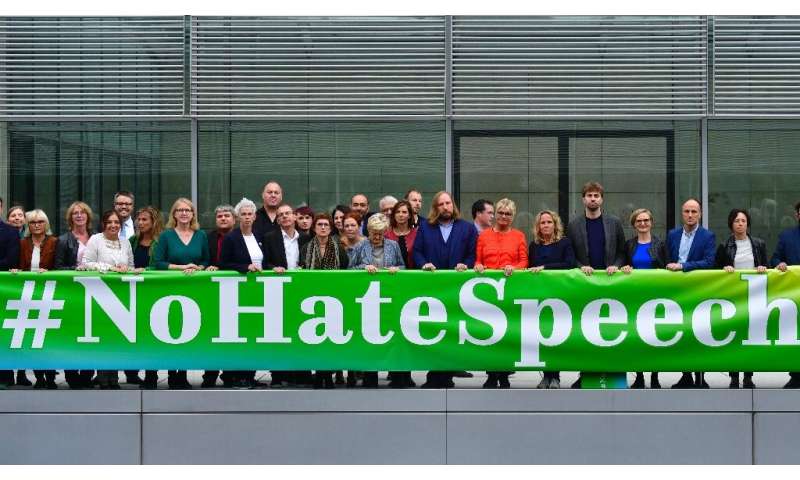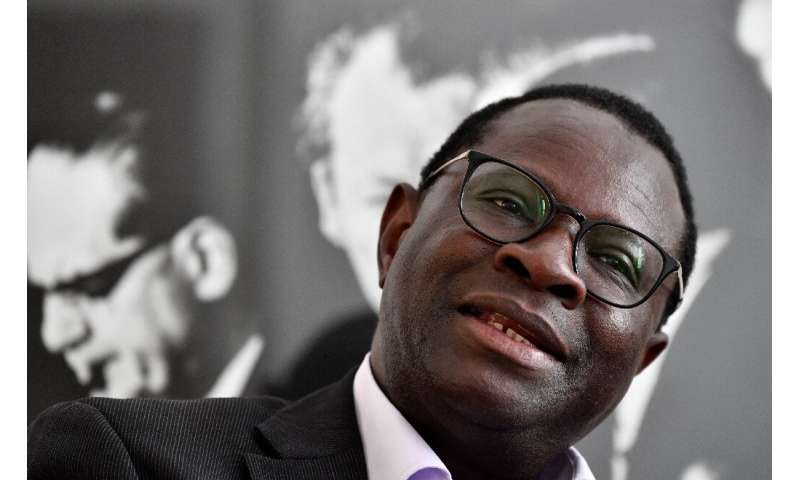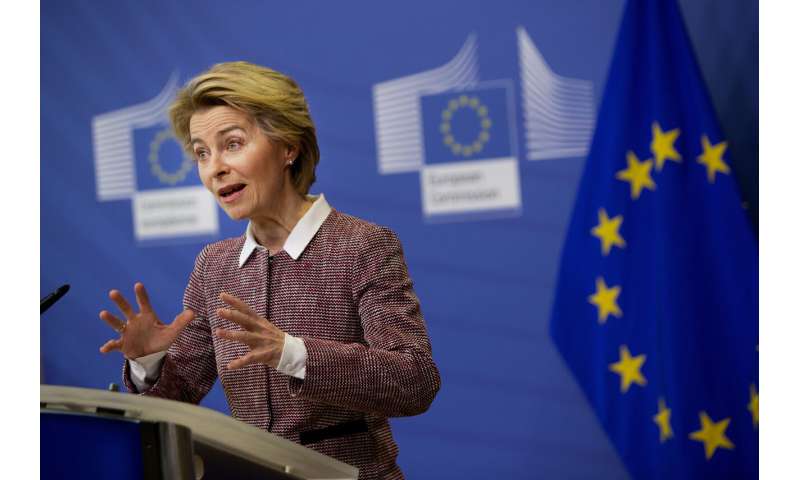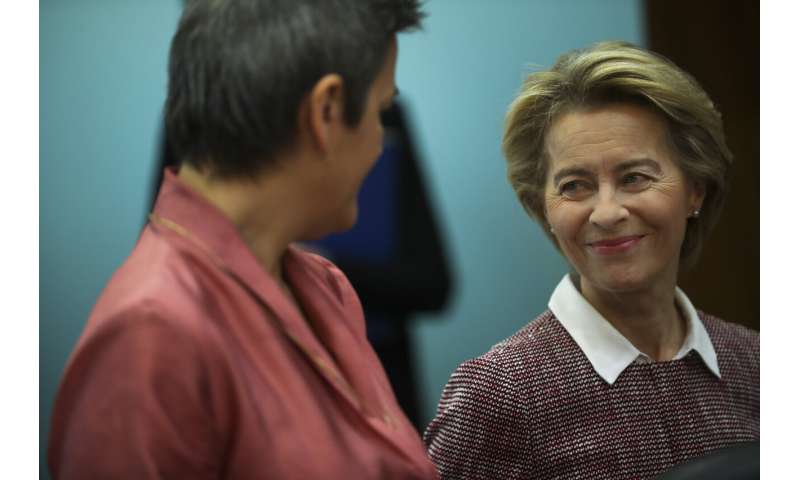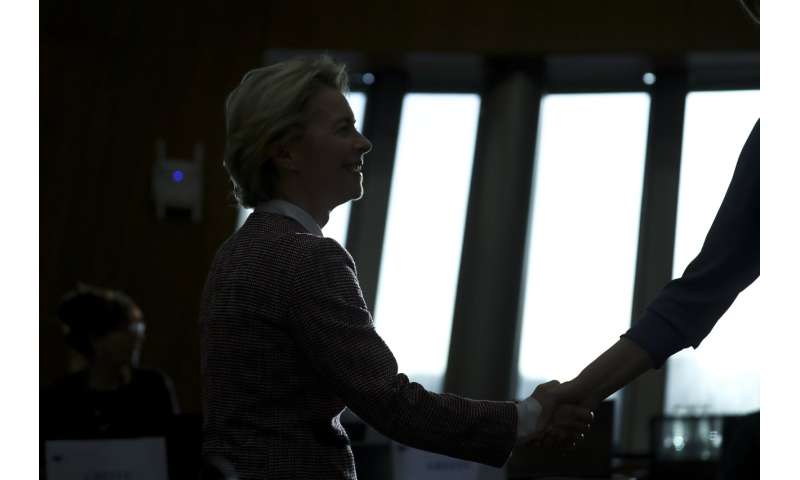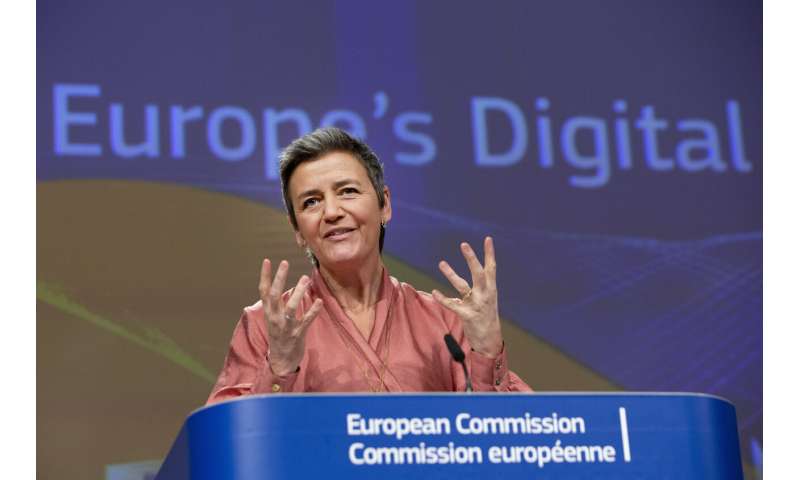Judicial Challenges to the Dominance of Pakistan’s Army

Gen. Qamar Javed Bajwa, photo via Wikipedia; and Imran Khan, photo by World Economic Forum via Flickr CC
BESA Center Perspectives Paper No. 1,451, February 18, 2020
EXECUTIVE SUMMARY: The government of Pakistan, led by the PTI party, has filed a review petition before the Pakistani Supreme Court against the Court’s decision that the term of Army Chief Gen. Qamar Javed Bajwa continue for another six months, during which time the parliament should legislate on the position’s extension or reappointment. The government argues that Bajwa’s term should be extended not for six months but for three years, and that the position’s term is none of the parliament’s business. This leaves no doubt that a civilian politician wishing to enjoy his stay at the prime minister’s residence has essentially no option but to bend to the will of the Army Chief, who is the most powerful person in Pakistan.
The real power in Pakistan resides in the army’s general headquarters in Rawalpindi, not in either the PM’s office or Parliament House in Islamabad.
Almost a month after the Supreme Court’s historic ruling on the six-month—rather than three-year, as the government wanted—extension of the term of Army Chief Gen. Qamar Javed Bajwa, the government filed a review petition that raises more than two dozen questions of law against the judgment. It pleads for the “preservation of two leading institutions” for the sake of a “healthy democracy”, implying that the judiciary should remain within its limits.
The government asserts that Bajwa’s contributions to national security are so great that the “public at large has warmly welcomed” his reappointment. The review petition also argues that “there is nothing wrong with” not codifying the procedure of the appointment of Army Chief, which has been done without legislation “for seven decades”. Accusing the high court of interfering in “the rarest of rare cases”, the government feels the judiciary has no business “upset[ting] the age-long accepted conventions and the considered policy of the government.”
Bajwa was appointed Army Chief in November 2016, and his three-year term was to have expired in November 2019. But in August, PM Imran Khan extended his tenure by another three years. This occurred two weeks after New Delhi abrogated Article 370 of the Indian Constitution regarding Kashmir, believed by Pakistan to be its “jugular vein”.
The government cited the “regional security environment” as the major reason for its decision to extend Bajwa’s service. But when the judiciary intervened, the extension became a raging controversy.
The petition challenging the Army Chief’s extension was filed by a private individual who later wanted to withdraw it, but the Court decided to examine the legality of the petition on its own. This gave rise to speculation about the invisible hand of generals junior to Bajwa who could have ascended to the position after his retirement.
When the government’s move was challenged by the Supreme Court, it came to light that many procedural errors had been committed by the government when it issued the official notification of Bajwa’s new three-year term. To the utter disbelief of the ruling establishment, the Supreme Court suspended that notification. This forced the government to issue another notification—and that one, too, was thrown into the dustbin by the Court. This put Bajwa in a tight spot and cast a shadow over Khan’s efforts to ensure his own survival.
After keeping the government and Bajwa on tenterhooks, the Supreme Court finally gave in. It granted Bajwa a conditional extension for six months and asked the parliament to pass legislation to avoid future legal ambiguities. In the process, the Court pointedly observed that it had been “labeled as agents of India and the CIA when we examined the Army Act.”
Significantly, Bajwa was part of the discussions at the PM’s house while his case was being addressed and the government’s response to the judiciary was being prepared. This led the Supreme Court to lament that “it is embarrassing that the Army Chief has to keep an eye on summaries instead of the country’s defense.”
The government had 30 days from the time of judgment; i.e., until December 28, 2019, to file a review petition. Unsurprisingly, it waited until after the retirement of Chief Justice Asif Saeed Khosa on December 20. It was Khosa who had given the landmark ruling.
As taking the legislative route would have meant either reaching out to the opposition and cutting political deals with leaders who are currently being hounded by the PTI government, or threatening opposition lawmakers into supporting the government, Khan and Bajwa probably saw the review petition as the easiest route. Also, the case has received widespread publicity, with almost all mainstream media outlets discussing the legal, institutional, political, and strategic fallout in minute detail following each court proceeding. The government wanted an “on-camera” hearing of the review petition.
Bajwa’s case is not an aberration. The Musharraf ruling is another instance of judicial assertiveness in a system heavily tilted in favor of the military.
Former Army Chief and dictator Pervez Musharraf usurped power in 1999 by toppling the government of then PM Nawaz Sharif; he ruled until 2008 before being forced to resign. Days before the Bajwa decision, the military had come down hard against a special court’s order regarding capital punishment for Musharraf for having suspended the constitution in 2007 and imposing a state of emergency.
Military dictatorships in Pakistan have often been legitimized by the US and other foreign countries. Even when civilians run the government, it is often infiltrated by retired military officials who work to ensure that the army’s core interests are preserved.
The death sentence for Musharraf broke a long tradition of ignoring high treason by military dictators. Ayub Khan, Yahya Khan, and Zia-ul Haq were never subjected to such judgments. But one of the judges in the Musharraf case, Waqar Seth, overenthusiastically extended his brief by pronouncing that if Musharraf dies before being executed, his corpse should be dragged to a public square in front of Parliament House in Islamabad and hanged for three days.
Notwithstanding this judicial overreach, which goes against norms of human decency, there was nothing in the judgment that should have shocked the military establishment. But it did, simply by virtue of its having dared to challenge the military’s power at all. By dismissing the verdict as against “humanity, religion, culture, and our values”, Maj. Gen. Asif Ghafoor, the DG of Inter-Services Public Relations (ISPR), made clear what the military felt about it.
The episode of Bajwa’s service extension exposes the huge imbalance in civil-military relations in Pakistan. The way Khan handled the issue marks a low point for civilian rule in the country, and ambitious generals now have a template for how to pull the strings from behind the façade of an elected government without removing it through a coup d’état.
Imran Khan is desperate to ensure the smooth extension of Bajwa’s tenure so the top military leadership will continue to shield him. The role played by the military leadership in Khan’s surprising electoral victory in 2018 has never been in doubt. Almost all opposition parties believe Khan became PM because of the military’s overt and covert meddling in the electoral process.
Bajwa’s behavior confirms the Pakistani military’s underlying assumption that it is an independent stakeholder uniquely entitled to remain free of civilian control, including that of the parliament, and its views must be respected in policy-making, particularly foreign and security policy. In these two domains it is the military that has always called the shots—mainly through its notorious intelligence agency, the ISI.
That agency has become a party to the violent conflict inside Jammu and Kashmir, helping train and equip Islamist radicals who are regularly injected into the insurgency against Indian security forces. Recently, Pakistan’s Railways Minister, Sheikh Rashid, claimed that the Kartarpur corridor on the Punjab border between India and Pakistan was Bajwa’s brainchild, and “India will remember forever the kind of wound inflicted on it.” This was a reference to fears among Indian intelligence agencies that Pakistan’s security establishment is trying to create trouble in Indian Punjab by stoking dissension among India’s minority Sikh community.
The PTI government’s incompetence and irresponsibility have allowed Bajwa to play a role in domestic politics that exceeds the military’s normal remit. Moreover, Bajwa is firmly convinced that the Pakistani army is the sole national institution to possess the dual responsibility of defending Pakistan’s ideological frontiers and territorial boundary. After a recent visit to the mausoleum of the country’s founder, Quaid-i-Azam Muhammad Ali Jinnah, Bajwa asserted that Quaid’s “two-nation theory”—that Hindus and Muslims cannot live together as a single nation—has essentially been vindicated.
Vinay Kaura is Assistant Professor of International Affairs and Security Studies and Coordinator of the Center for Peace and Conflict Studies at Sardar Patel University of Police, Security and Criminal Justice in Rajasthan, India.


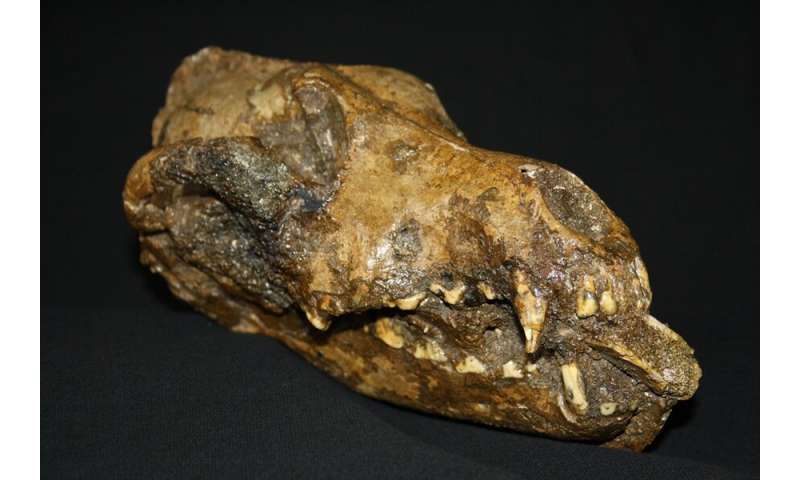


 NASA's New Horizons spacecraft captured this high-resolution enhanced color view of Pluto on July 14, 2015. The image combines blue, red and infrared images taken by the Ralph/Multispectral Visual Imaging Camera (MVIC). Pluto's surface sports a remarkable range of subtle colors, enhanced in this view to a rainbow of pale blues, yellows, oranges, and deep reds. Many landforms have their own distinct colors, telling a complex geological and climatological story that scientists have only just begun to decode. The image resolves details and colors on scales as small as 0.8 miles (1.3 kilometers). Credit: NASA/Johns Hopkins University Applied Physics Laboratory/Southwest Research Institute
NASA's New Horizons spacecraft captured this high-resolution enhanced color view of Pluto on July 14, 2015. The image combines blue, red and infrared images taken by the Ralph/Multispectral Visual Imaging Camera (MVIC). Pluto's surface sports a remarkable range of subtle colors, enhanced in this view to a rainbow of pale blues, yellows, oranges, and deep reds. Many landforms have their own distinct colors, telling a complex geological and climatological story that scientists have only just begun to decode. The image resolves details and colors on scales as small as 0.8 miles (1.3 kilometers). Credit: NASA/Johns Hopkins University Applied Physics Laboratory/Southwest Research Institute